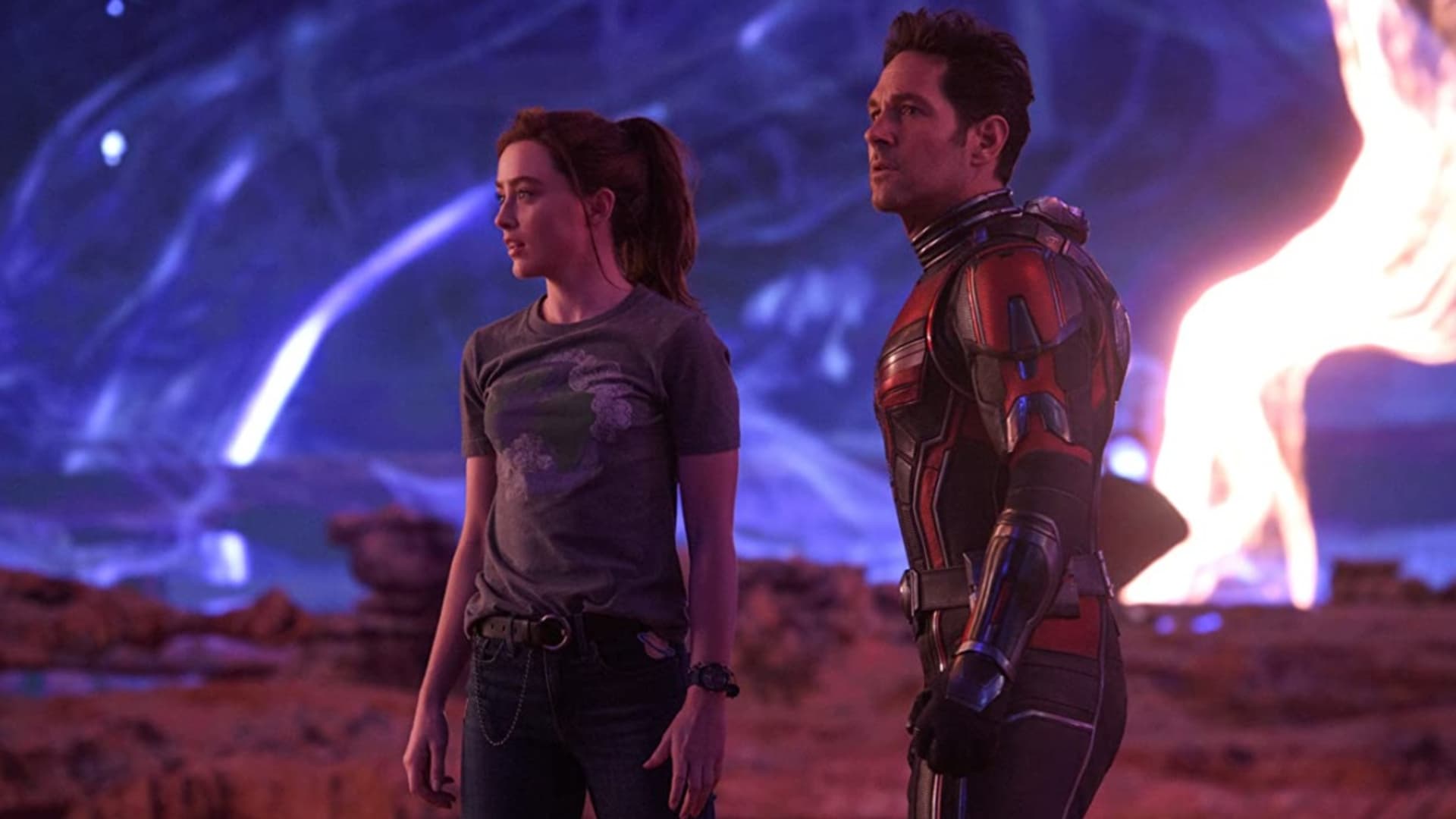In a recent interview on CNBC, Disney CEO Bob Iger revealed that the company is adopting a more measured approach when it comes to producing movies and TV series for its Marvel Studios and Lucasfilm franchises. This decision comes as Disney aims to cut costs amidst underwhelming box office performances of its recent films across various genres.
Iger explained that the company’s pull back is not only a means to focus on key projects but also part of their overall cost containment strategy. By spending less on content production, Disney hopes to streamline its operations and improve efficiency. Earlier this year, the company implemented a comprehensive reorganization plan that included cost-cutting measures amounting to $5.5 billion. The goal was to allocate resources more effectively, with $3 billion being specifically allocated towards non-sports content.
The CEO emphasized that many decisions were made with the intention of supporting Disney’s flagship streaming service, Disney+. The company aimed to attract more subscribers by enhancing its original content offerings. Iger highlighted Marvel as a prime example of Disney’s pursuit to amplify its streaming content. However, he acknowledged that this expansion into television diluted the company’s focus and attention.
Disney’s acquisition of Marvel in 2009 for over $4 billion has proven highly lucrative, with the franchise generating billions of dollars at the global box office. Nevertheless, Iger recognized the need to reassess the output of each character in the Marvel Cinematic Universe and explore fresh ideas to maintain the brand’s relevance.
The Marvel franchise recently faced mixed reception with “Ant-Man and the Wasp: Quantumania,” experiencing a significant decline in ticket sales and receiving negative reviews. In contrast, “Guardians of the Galaxy Vol. 3” performed exceptionally well, grossing over $800 million worldwide.
On the Lucasfilm front, the focus has shifted primarily to series productions for Disney+, with the last Star Wars film released in 2019. Despite the anticipation surrounding “Indiana Jones and the Dial of Destiny,” the fifth film in the franchise fell short at the box office, disappointing expectations. Nevertheless, both Marvel and Lucasfilm have contributed significantly to Disney’s revenue stream.
The streaming market has become a vital source of revenue for Disney and its competitors. Original content has become exclusive to flagship streaming services, replacing traditional TV and movie licensing deals. Interestingly, Iger hinted that Disney may consider licensing its content to other streaming platforms in the future.
In a similar vein, Warner Bros. Discovery has reportedly been engaging in discussions to license HBO content to other platforms like Netflix. These moves reflect the evolving landscape of the streaming industry, where content distribution strategies continuously adapt to meet consumer demands.
Overall, Disney’s decision to slow down its production output showcases a strategic effort to enhance efficiency and cut costs. By reassessing their approach to content creation, the company aims to create a more focused and sustainable future for its beloved franchises, while leveraging the potential of its streaming services.
Denial of responsibility! VigourTimes is an automatic aggregator of Global media. In each content, the hyperlink to the primary source is specified. All trademarks belong to their rightful owners, and all materials to their authors. For any complaint, please reach us at – [email protected]. We will take necessary action within 24 hours.


